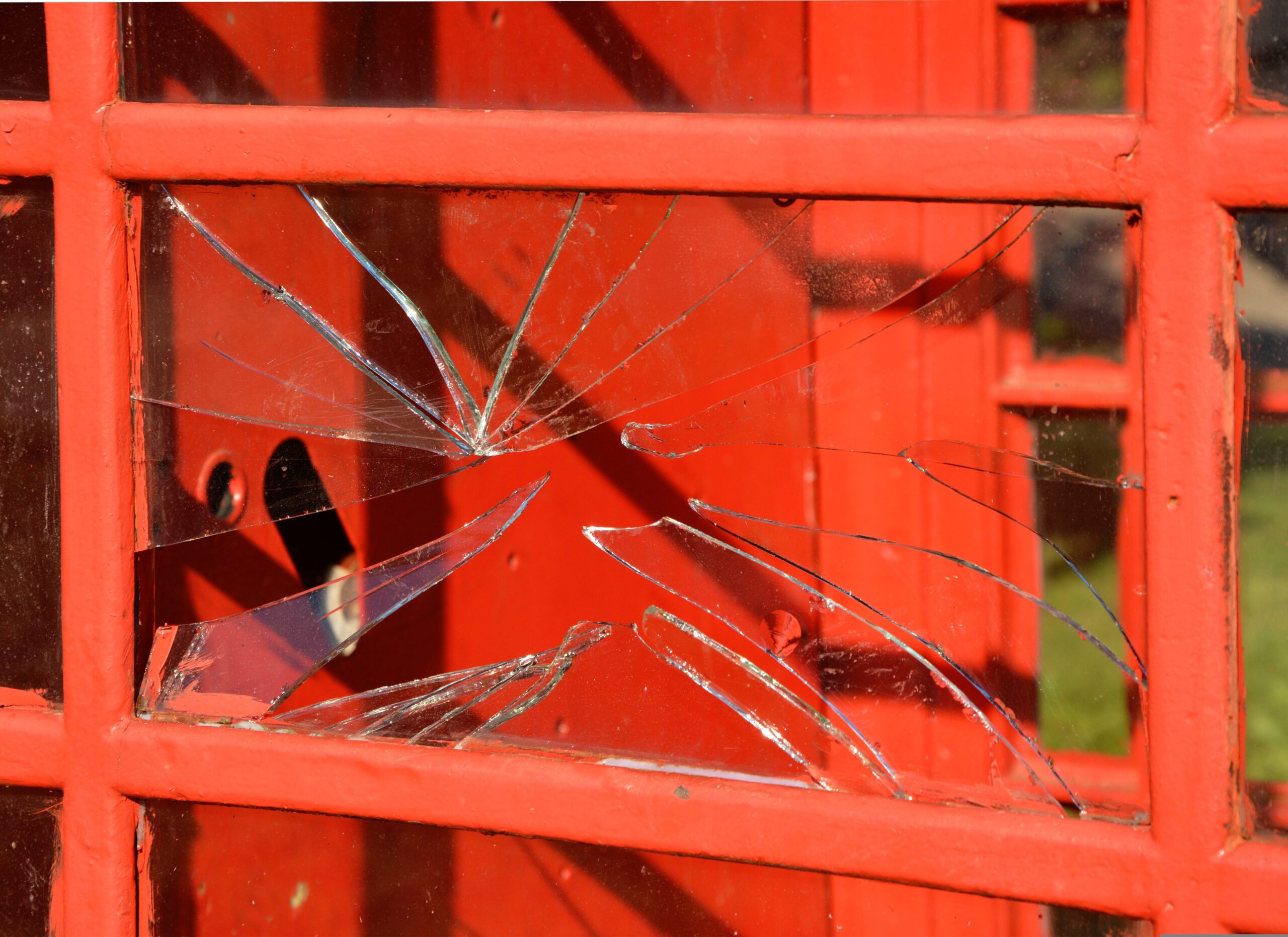In a country that has long been renowned as one of the world’s leading digital governments, Tarmo Hanga from Estonia’s Information System Authority tells PublicTechnology about the nation’s next steps
Credit for above and bottom images: Pixabay / Middle image: Mad Ball/CC BY-SA 2.0

Of the many benefits potentially delivered by the digitisation of public services, the primary upside is typically considered to be the increased efficiency for both citizens and the state.
But sometimes, perhaps, the inefficient part is the whole point.
This is exemplified by the most recent addition to the near-comprehensive suite of digital services offered by the Estonian government – which has long been regarded among the global standard bearers for transformation.
In recent months, Estonians have been newly able – if they so wish – to get married digitally.
“Two parties can fill in a form online [stating] that they want to marry each other,” says Tarmo Hanga, chief architect at Estonia’s Information System Authority (RIA). “Of course, there is a waiting window, of 30 days, [during which] you must wait with this decision. And, if you are still sure that you want to get married, it takes effect. And, of course, both sides’ electronic signatures are needed as well, and they must each agree: ‘I do’, electronically.”
“In terms of new plans, what we are trying to do now is about human-centric digital government and we think that government services must be more based on life events”
A process which, for all its obvious efficiency, lacks the photo opportunity of beatifically signing a register – to say nothing of the suits, dresses, vows, speeches, food, drink, dancing and company of loved ones that tend to represent what people most value about getting married.
Now that sacred union can be achieved in just a couple of clicks, Estonia’s government claims to have only one remaining public service that is yet to be digitised: divorce.
This final piece of the puzzle is due to be put in place in the coming months. Once it has been, those going the through an ‘e-divorce’ will, unlike those at the other end of their matrimonial journey, surely welcome the opportunity to complete the whole process without even having to be in the same room.
Hanga tells PublicTechnology that the digitisation of marriages is an exemplar of the coming wave of ongoing transformation for a government that is often characterised – not least in its own online strapline – as having completed its transformation into a fully “digital society”.
But, even if many processes are wholly digitised, the RIA technical chief believes there is still plenty of scope for the operations of the state to be better designed around the lives of citizens – and the milestone events that define them.

“In terms of new plans, what we are trying to do now is about human-centric digital government and we think that government services must be more based on life events,” he says. “For example, if you change your name when you get married, you must get the new identity practically automatically – so you don’t need to visit an office to get a new passport. That’s our goal to move this way and we started about two years ago with a project [focused on] event-based and proactive services.”
Another such event for which Estonia hopes to provide citizens with ongoing and proactive support is the birth or adoption of a child.
“The flow of information is available right now in the state portal,” Hanga says. “But, when you have a child currently, you must register for any benefits [you are entitled to], and register with local government for a kindergarten place, [for example]. Those are the things we hope to change so that, if you live in a local government area and you have a child, that means the child is automatically registered to this local government waiting list for kindergarten, [that you receive] possible benefits that are available for that child, that your child is automatically registered for your family doctor. That’s an example of how we think services should occur.”
The work on event-based services will initially focus on three landmark moments in citizens’ lives and, following marriage and parenthood, the last of these is the mandatory period of up to 11 months of national military service that must be completed by all Estonian men – and those women that choose to – at the age of 18. The aim is to ensure registration processes for the appropriate courses and branch of the military is automated, according to Hanga.
After launching the digital marriages, the RIA – which fulfils a similar role as the UK’s Government Digital Service and Central Digital and Data Office – is “making good steps” with work on delivering further proactive services.
But the unit faces challenges that will no doubt be familiar to its counterparts in the UK and beyond.
“We are making baby steps,” Hanga says. “There are sometimes problems if it is written in law who can and who can’t use a state registry – which then means we must make a lot of changes to allow for the services to happen. And, of course, changing the mindset of people is also a process – one that doesn’t go as fast as you hope. All this takes time, of course, and funding also, if you need to make new integrations [between departments] for services… But we are in the process and we are quite hopeful.”
Kratt bot
As one might expect, the Estonian government is also striving to get the most out of artificial intelligence.
While “AI will have roles”, according to Hanga, the most visible of those to date is the Bürokratt platform, which is described as “a virtual assistant, thanks to which citizens no longer have to spend a single extra minute communicating with the state”.
As well as the allusion to bureaucracy, the name also plays on a creature from Estonian folklore: the kratt, a magical – if not always entirely benevolent – being that, according to the mythology, would perform tasks and bring treasure to its master.
51%
Proportion of votes submitted online in 2023 Estonian parliamentary elections
30 days
Waiting period after which a digital marriage comes into effect
106,000
Number of overseas citizens that have registered for Estonian e-Residency
Three drops of blood
Offering required – to the devil – in order to bring a kratt to life, according to folklore
The hope is that its software-based namesake – which is already available via text or voice interaction for desktop webpages, with plans in place to enable its use on mobile devices – will be equally helpful.
Hanga says: “Usually, chatbots are quite dumb and are just answering machines for questions… But if we are able to connect those chatbots to our registries that means, for example, if you come to the state portal and ask questions about car insurance, the chatbot will redirect you to the correct institution or even the correct officer.”
The RIA hopes to enable more sophisticated functionality over time, including “data analysis, text, translations, text-to-speech and speech-to-text”.
“We also need to find a solution for using chatbot services in the public cloud, or in terms of working with restricted information – which is not legislated for at the moment, so we need to deal with that as well.”
Another area where Estonia hopes to progress the delivery of services via mobile platforms is in systems for voting in elections. The country has allowed online voting since 2005 and, in national parliamentary elections held earlier this year, the proportion of votes submitted digitally exceeded 50% for the first time.
The laws that enabled online voting have been extended to allow the process to take place via an app. The RIA has developed prototypes of Android and iOS programs, and is confident that the technology will be ready to be put into use by the time of European parliament elections in June 2024.

“Mobile voting gives the opportunity to grab younger generation as well who are using mostly mobile phones, so let’s see where that brings us,” Harma says. “If there are no problems with security, I think that mobile voting will become just one of the choices for [citizens]: you can use PC, you can use mobile and, of course, you can always walk to the election place as well.”
The latter is an option which, after 18 years of offering online elections, is still favoured by 49% of Estonians.
Whether you are walking to the altar or the ballot box – and even in a wholly digital society – it seems sometimes the joy is in the journey.




